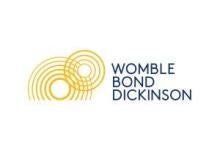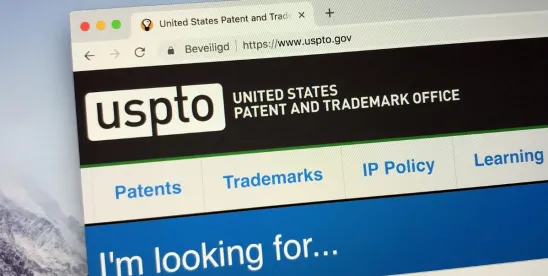Effective May 13, 2025, the United States Patent and Trademark Office (USPTO) will implement a significant change to its patent issuance process, substantially reducing the time between issue notification and patent issuance. According to the USPTO notice, the target time to issuance will be approximately two weeks from the notice of issuance, down from the current average of three weeks. This change is part of the USPTO’s broader modernization efforts, including the adoption of electronic patent grants just over two years ago.
Key Impacts for Patent Applicants and Holders
1. Earlier Patent Issuance and Market Entry
The expedited timeline means that patentees will receive their official patent grant sooner, enabling earlier protection of their inventions. This acceleration provides earlier enforceable rights and protection for patented inventions, which can be critical for business planning, investment, and competitive positioning.
2. Adjustments to Filing Strategies for Continuing Applications
Applicants intending to file continuing applications (such as continuation, divisional, or continuation-in-part applications) must be aware that the shortened window between issue notification and issuance requires prompt filing of any continuing application. Particularly, applicants should begin consideration of whether to file a continuing application upon receipt of the Notice of Allowance rather than waiting until closer to issuance.
Moreover, the USPTO recent implemented a Continuing Application Fee (CAF) for continuing applications filed more than six years after their earliest benefit date. Thus, the practice of speculative continuing application filings may be cost prohibitive for older patent families, further reinforcing the need for earlier consideration of a continuation filing.
3. Impacts on Quick Path Information Disclosure Statements (IDS) Practice
The Quick Path IDS (QPIDS) program allows for submission of prior art references after payment of the issue fee without requiring that prosecution be reopened in certain circumstances. Each QPIDS filing does, however, require submission of a Petition to Withdraw from Issue After Payment of the Issue Fee. According to the MPEP, “[w]hile a petition to withdraw an application from issue may be granted as late as one day prior to the patent issue date, it may not be possible to avoid publication and dissemination when the petition is granted within 3 weeks of the issue date.” (emphasis added). Thus, the window to file a QPIDS request is substantially narrowed by the expedited issuance, and a QPIDS request may not be acted on if submitted after the issue notification is received.
To ensure consideration of all known prior art, Applicants should conduct a final review for any outstanding prior art or IDS needs before paying the issue fee. If new information arises after issue fee payment, immediate action is required, but there is no assurance that the QPIDS process will be successful in preventing issuance. Based on the relevance of the prior art, a continuing application may be warranted to ensure patentability over any late-discovered prior art.
Action Items for Patent Applicants and Holders
- Begin review of patent applications and consider whether to file a continuing application upon receipt of the Notice of Allowance and well before paying the issue fee.
- Monitor issue notifications closely and track all issue dates if a continuing application is to be filed. If necessary, consider filing a continuing application with only one claim to meet the copendency requirement and file a preliminary amendment with the full claim set thereafter.
- Ensure all prior art, especially that from co-pending foreign applications, is filed before payment of the issue fee.




 />i
/>i
